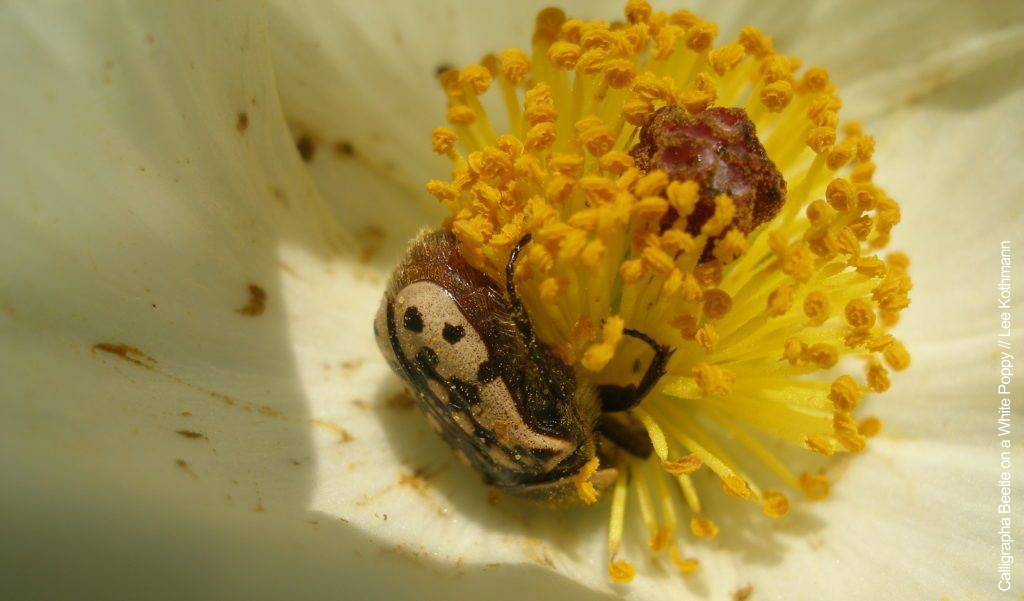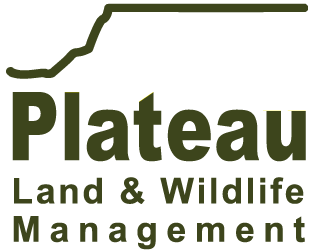Managing for Native Pollinators

As seen in Texas Land Conservancy Newsletter.
You have likely heard a lot about the importance of pollinators in the last few years. Concerns about declines in pollinator health are not new, but they received official attention with a Presidential Memorandum to create a federal strategy to promote pollinator health in June 2014.
Much of the attention given to pollinators go to honeybees due to their importance to our agricultural crops. But there are over 700 native bee species that occur in Texas, not to mention all the butterflies, moths, flies, beetles, bats, and other animals that act as pollinators. Many of these also pollinate crops and are essential to the survival of the native plants that depend on them – including the beautiful spring wildflowers we are currently enjoying.
While planting pollinator-friendly species such as native wildflowers or host plants for butterflies is an excellent management activity, there are many other options that follow some general rules to promote native pollinators. Some are as simple as minor adjustments to things you may already be doing. Many will also encourage other wildlife species to use your property.
1) Promote diversity
Don’t just focus on types of plants available but also on the structure of the vegetation and natural shelter available in your habitats. This often means doing less – mow less, weed less, clean up less. When planting, be sure to include species that bloom at different times during the growing season. Pollinators need food even after the spring flowers are gone.
2) Use what nature gives you
Those native weeds and lesser-known wildflowers are important, too. If your site already has natural diversity avoid doing things that discourage it, such as frequent mowing or overgrazing (especially during the growing season) or using herbicides indiscriminately. I commonly see landowners ask about controlling that tall, leafy weed under their trees, not knowing that frostweed (Verbesina virginica) is an attractive and important butterfly nectar source in the fall.
3) Work in patches
The opposite of diversity is uniformity. A clean, uniform, pasture or forest may be visually appealing to our pastoral sensibilities, but it does not provide diversity (see Rule 1). For example, when mowing an area, mow in strips or small blocks, leaving uncut areas in between and along edges. Even after the flowers are done blooming, standing vegetation provides cover and nest sites for insects and other small wildlife. This can also apply to planting projects. If you don’t have space or budget to plant large areas for pollinators, even small patches can provide benefits.
4) Embrace a little mess (even if only in areas you can’t see)
Standing dead trees, dead branches, rotting logs, and brush or wood piles provide nesting sites for many native bees. Leaf and other vegetative litter provide shelter for adult and immature insects. Retain these in areas where they do not pose a safety hazard or fire risk. Similar to cavity-nesting birds, you can supplement these natural nest sites with artificial bee houses for mason bees, bumblebees, and others.
5) Start at ground level
Part of structural diversity is providing patches of bare ground for pollinators. Many native bees are ground-nesters and need scattered patches of undisturbed, bare soil. This is one of many reasons that sod-forming, non-native grasses like bermudagrass or bahiagrass are bad for wildlife. In addition to choking out plant diversity, they also eliminate structural diversity. Native bunchgrasses will naturally provide semi-bare patches of soil, and spot-treating non-native grasses with herbicides, flash grazing, or winter discing to expose soil can enhance old pastures for pollinators.
The list of beneficial management activities is long, but if you follow these general guidelines, you will be promoting pollinator health whether in your backyard, your pasture, or your timber stand. So plant those flowers and host plants, but also skip some mowing, let that corner of your backyard grow a little wild, leave some dead limbs, and let a few weeds grow. Our native pollinators will appreciate it.





Sorry, the comment form is closed at this time.